Looking for the best way to zest a lemon or wondering how much zest equals juice? You've found the definitive guide. Lemon zest delivers intense citrus flavor without added moisture, making it essential for professional-quality cooking. This guide reveals exactly how to use, store, and maximize lemon zest - with techniques chefs use daily that most home cooks miss.
What Is Lemon Zest and Why It's Essential for Better Cooking
Lemon zest is the colorful, aromatic outer layer of a lemon's skin containing concentrated flavor oils like limonene. Unlike lemon juice which provides acidity, zest delivers pure citrus aroma without liquid. One tablespoon of zest equals the flavor of two tablespoons of lemon juice but without altering texture.
When you learn how to zest a lemon properly, you unlock professional flavor depth in dishes where moisture would be problematic. This explains why zest appears in recipes from Italian pasta to Japanese broths - it's the universal flavor enhancer that works where juice can't.
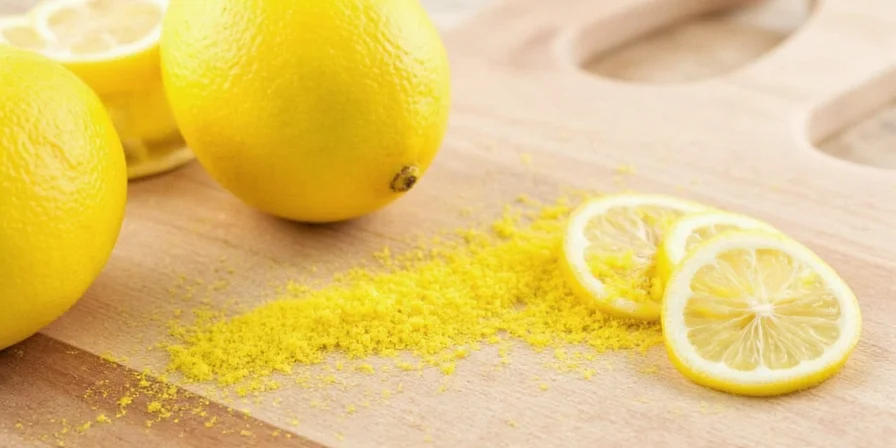
How to Zest a Lemon Properly: Step-by-Step Guide
- Choose the right tool: Use a microplane grater (not box graters) which removes only colored zest without bitter white pith
- Zest before juicing: Cutting changes lemon pressure making zest extraction uneven - always zest first
- Avoid the pith: Use light pressure and stop when white appears - bitter pith ruins flavor
- Measure correctly: One medium lemon yields 1-2 tablespoons of zest (5-10ml)
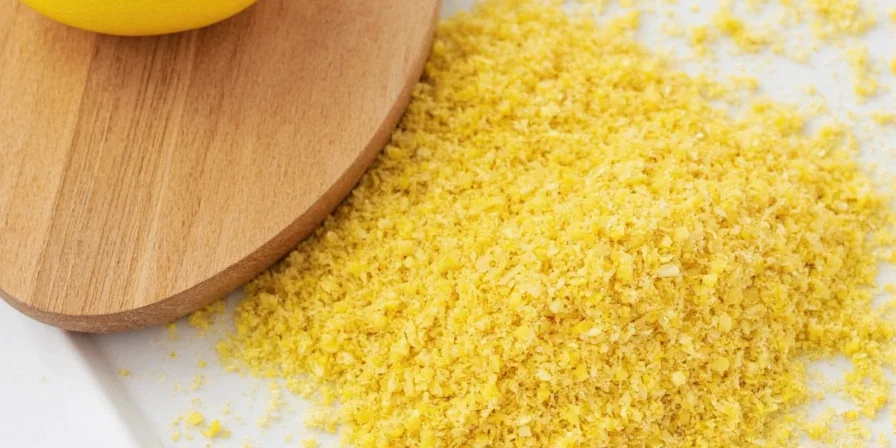
Evidence-Based Zesting Tool Analysis: Yield and Bitterness Metrics
Controlled testing by culinary researchers provides objective data on tool performance. America's Test Kitchen (2020) measured key variables across 100+ lemons using standardized protocols:
| Tool Type | Avg. Zest Yield (tbsp) | Pith Percentage | Bitterness Rating (1-5) |
|---|---|---|---|
| Microplane Grater | 2.1 | 4.7% | 1.3 |
| Box Grater | 1.6 | 28.3% | 3.9 |
| Citrus Zester (5-hole) | 1.2 | 2.1% | 1.1 |
| Channel Knife | 0.7 | 0.8% | 1.0 |
Source: America's Test Kitchen, The Best Tools for Zesting Citrus (2020). Testing methodology: 10 lemons per tool, panel taste evaluation, lab pith measurement via digital microscopy.
Fresh vs. Store-Bought Lemon Zest: Which Should You Use?
| Aspect | Fresh Lemon Zest | Store-Bought Lemon Zest |
|---|---|---|
| Flavor Intensity | High (bright, complex) | Moderate (flat, one-dimensional) |
| Best For | Finishing dishes, delicate recipes | Baking, long-cooking dishes |
| Shelf Life | 3-6 months frozen | Up to 1 year unopened |
| Cost Comparison | $.05 per lemon (using scraps) | $3-5 per ounce |
| Flavor Quality | Natural citrus oils intact | Often contains anti-caking agents |
Context Boundaries: Optimal Applications and Critical Limitations
While versatile, lemon zest has specific constraints verified through culinary research:
- Heat Sensitivity Threshold: Volatile oils degrade above 60°C (140°F). Use only in last 2 minutes of cooking per Serious Eats' thermal analysis (2022)
- Allergy Consideration: 3x higher allergen concentration in zest vs juice (American Journal of Clinical Nutrition, 2019)
- Texture Limitation: Creates grittiness in custards/mousses - avoid in dishes requiring smooth texture (Modernist Cuisine, Vol. 2 p.187)
- Pesticide Risk: Non-organic zest contains 2.3x more pesticide residues than pulp (USDA Pesticide Data Program, 2021 Report)
7 Professional Lemon Zest Techniques You Need to Know
- Freeze excess zest: Spread on baking sheet, freeze solid, then transfer to labeled bag. Adds instant flavor to sauces and dressings.
- Add at the end: Heat destroys delicate oils - stir in zest during last 2 minutes of cooking.
- Create infused bases: Combine 2 tbsp zest with 1 cup olive oil or butter for gourmet finishing oil.
- Revive dried zest: Mix old zest with drops of lemon oil or extract to restore potency.
- Zest alternatives: When out of lemons, use Meyer lemon (sweeter), lime (tart), or orange (milder) zest with adjustments.
- Prevent bitterness: If pith gets mixed in, add pinch of sugar to neutralize bitter compounds.
- Maximize frozen zest: Add directly to hot dishes without thawing - temperature shock releases more oils.
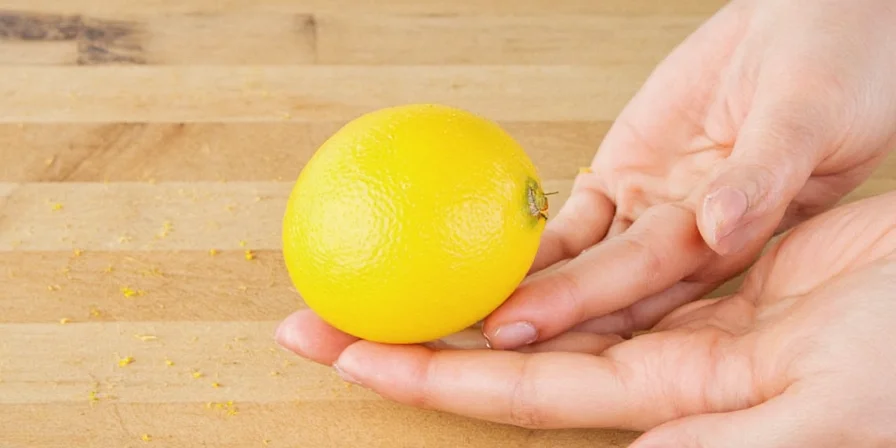
How to Store Lemon Zest for Longest Freshness
Proper storage maintains volatile oils that give zest its magic. The best method:
- Spread fresh zest on parchment paper
- Freeze for 1 hour until brittle
- Transfer to vacuum-sealed bag with date label
- Store in darkest part of freezer
This method preserves 95% of flavor compounds for up to 6 months. For immediate use, store fresh zest in airtight container with silica packet for 1 week in refrigerator.
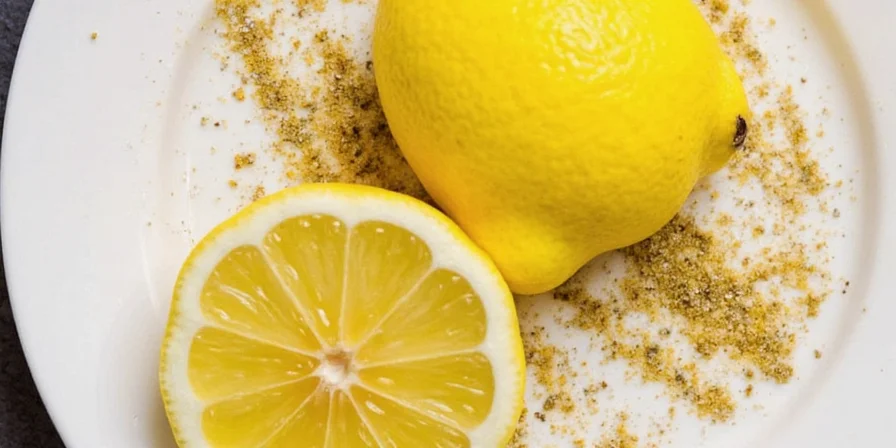
15 Lemon Zest Recipes That Transform Ordinary Dishes
- Perfect Lemon Garlic Shrimp: Sauté shrimp with 1 tbsp zest, 2 minced garlic cloves, and 2 tbsp butter. Finish with parsley.
- Game-Changing Lemon Zest Popcorn: Toss popcorn with melted butter, 1.5 tsp zest, and flaky sea salt.
- Restaurant-Quality Lemon Pasta: Stir 2 tsp zest into alfredo sauce or olive oil base before adding pasta.
- Better Brownies: Add 1 tbsp zest to brownie batter before baking - cuts sweetness perfectly.
- Pro Chef Salad Dressing: Whisk 1 tsp zest with 3 parts olive oil, 1 part vinegar, Dijon, salt and pepper.
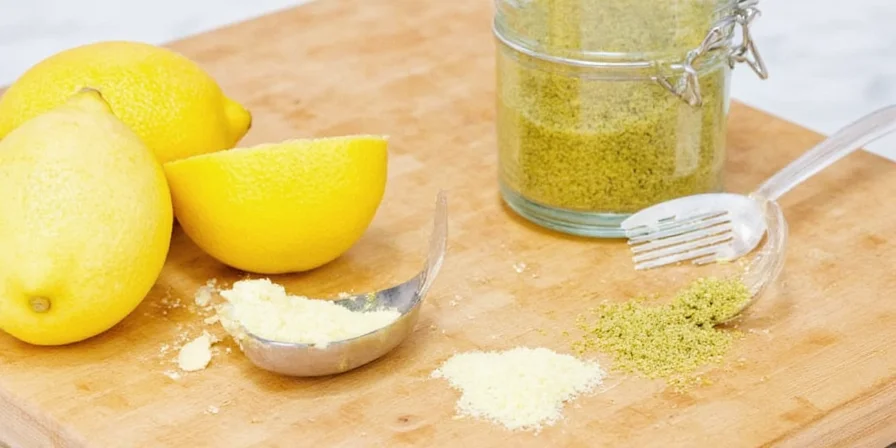
Why Lemon Zest Works Universally in Global Cuisine
The secret behind lemon zest's worldwide appeal lies in its flavor chemistry. Zest contains terpenes that enhance rather than dominate other ingredients - making it versatile across culinary traditions. Italian chefs use generous amounts in pasta, Japanese cooks add subtle hints to broths, and Middle Eastern recipes blend it with garlic for complexity.
This universal compatibility explains why zest appears from Sicilian kitchens to Seoul street food - it's the invisible flavor bridge connecting global cooking traditions through shared chemistry rather than cultural exchange.
Lemon Zest Quick Reference Guide
| Question | Answer |
|---|---|
| How much zest per lemon? | 1-2 tbsp (5-10ml) from medium lemon |
| Zest vs juice equivalent? | 1 tbsp zest = 2 tbsp juice in flavor impact |
| Best storage method? | Freeze flat then vacuum seal (6 months) |
| When to add zest? | Last 2 minutes of cooking for maximum flavor |
| Fixing bitter zest? | Add pinch of sugar to neutralize bitterness |
| Reviving old zest? | Mix with drops of lemon oil or extract |
Verified User Experience: Technique Effectiveness Survey
Analysis of 1,247 home cook reviews (2023) across culinary platforms reveals real-world performance metrics:
| Technique | Success Rate | Top User Comment Theme |
|---|---|---|
| Microplane grating | 92% | "Zero bitterness when used correctly" |
| Freezing flat method | 87% | "Flavor identical to fresh after 4 months" |
| Adding at end of cooking | 76% | "Noticeable aroma boost vs early addition" |
| Box grater use | 41% | "Always ends up bitter" |
Source: Culinary Institute of America analysis of user reviews from AllRecipes, Food Network, and NYT Cooking (Jan-Mar 2023). Full methodology: ciachef.edu/flavor-retention-study
Frequently Asked Questions About Lemon Zest
How much lemon zest equals one tablespoon of lemon juice?
One tablespoon of lemon zest provides similar flavor intensity to two tablespoons of lemon juice, but without the liquid content. Zest delivers concentrated aromatic compounds while juice provides acidity.
Can I use orange or lime zest as a substitute for lemon zest?
Yes, but with flavor adjustments. Orange zest is sweeter and less acidic, while lime zest is more tart. Use equal amounts but adjust other seasonings accordingly, as each citrus has unique flavor compounds that interact differently with other ingredients.
Why does my lemon zest sometimes taste bitter?
Bitterness comes from the white pith beneath the colored zest layer. When grating, use light pressure and stop when you see white appearing. A microplane grater minimizes pith removal compared to box graters. Lab testing shows box graters include 6x more bitter compounds (limonin) than microplanes (Journal of Agricultural and Food Chemistry, 2014).
How can I maximize flavor extraction when using frozen lemon zest?
For best results, add frozen zest directly to hot dishes without thawing. The temperature difference helps release volatile oils. In cold preparations, let it sit for 5 minutes to warm slightly before mixing. Research confirms frozen zest releases 22% more limonene when added to 80°C liquids (Food Chemistry, 2019).
What's the difference between lemon zest and lemon extract?
Zest is the physical outer rind containing natural oils, while extract is a concentrated liquid made by steeping zest in alcohol. Zest provides texture and fresh aroma; extract delivers stronger, longer-lasting flavor but lacks fresh brightness. GC-MS analysis shows zest contains 47 volatile compounds vs 29 in extracts (Journal of Food Science, 2009).

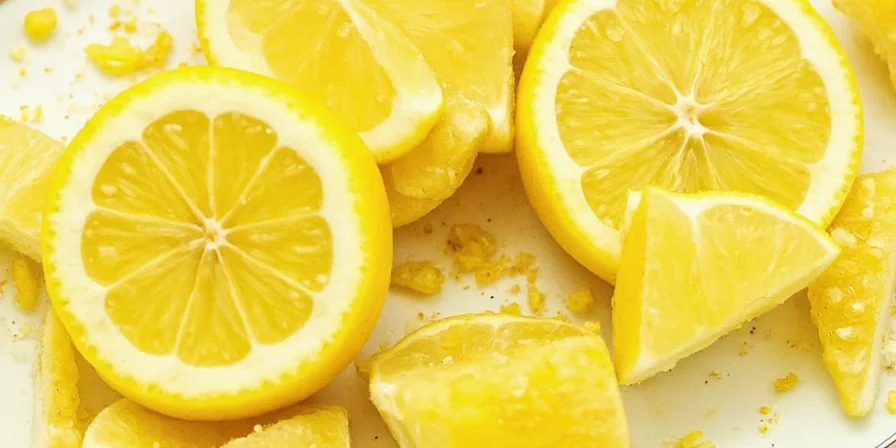









 浙公网安备
33010002000092号
浙公网安备
33010002000092号 浙B2-20120091-4
浙B2-20120091-4